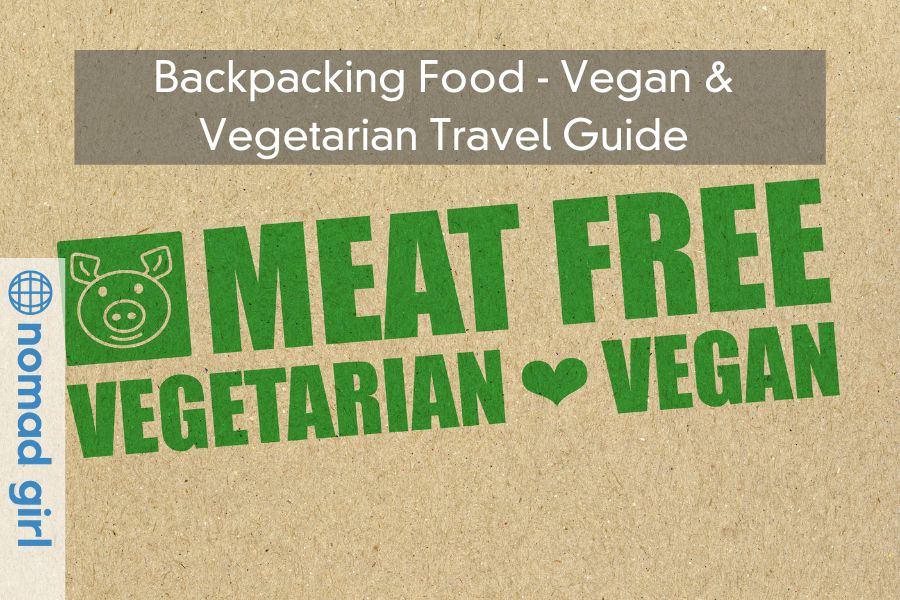Travelling can be an enriching experience as it allows you to immerse yourself in different cultures, interact with locals, and indulge in delicious cuisine. However, language barriers can sometimes pose a challenge when ordering food at restaurants, leading to misunderstandings and a potential loss in translation.
One night I went to a nice restaurant with some new friends abroad, and I ordered “stir fry, no meat”, and confirmed this after the waiter had taken all the orders, only to receive my stir fry with chicken. When I told the waiter if there had been a mix-up and I had ordered: “stir fry no meat”. His response was, “yes, stir fry with no meat, so we did for you chicken stir fry”.
It was considerate of the kitchen staff to offer chicken instead of red meat, but it was not exactly what was desired. To prevent such mix-ups, it’s helpful to use some tricks and tips that save time and money for the kitchen and staff while avoiding any inconvenience for all parties involved. Here are a few strategies that have proven helpful over the years.
Food on the Plane
When travelling by plane, you have the option to arrange your meal preferences in advance. If you prefer a vegan or vegetarian meal, you can select this option when booking your flight or by contacting the airline beforehand. Most airlines offer one or two choices for vegetarian or vegan meals. This ensures that you have a satisfying meal that meets your dietary requirements while on board.
If you’re planning to fly with certain airlines, it’s important to call them at least a week in advance of your travel date and clearly communicate any specific needs you may have. It’s also advisable to confirm that the airline representative who takes your call fully understands your requirements. For long-haul flights, you may want to consider packing some of your own food to ensure that you have access to options that meet your dietary preferences or restrictions.
During a long layover, it’s important to have some easy-to-eat food on hand. Some examples include fruits, nuts, and pre-made meals like a sandwich, stir fry, or salad. Preparing homemade food beforehand is a great way to ensure you have a satisfying meal during your layover.
Apps
If you’re looking for vegan restaurants and their menus, several helpful apps are available for download at the iTunes App Store. VeganSteven, Vegan Xpress, the Veggie Passport, and Veg Out are some of the best apps that can assist you in finding vegan restaurants in your area. With these apps, you can easily browse menus and find vegan-friendly establishments.
Guidebooks
Lonely Planet guidebooks are a great resource for vegetarians travelling to major cities. They typically provide one or two restaurant recommendations in each city, making it easier to find vegetarian-friendly options while on the go. Many travellers have found these recommendations to be extremely helpful.
Websites
Happy Cow is a highly popular website that provides access to restaurant reviews and ratings from all over the world. With this website, you can easily search for and discover new restaurants in any location. Simply click on the link provided to access the Happy Cow site.
The International Vegetarian Union website provides a useful resource for travellers who may find themselves in a restaurant where English is not commonly spoken. The website lists various popular phrases that can be used to communicate dietary needs in different languages. It is highly recommended to check out this resource before embarking on international travel – here is the link to the site.
Snacks & backup food
Carrying a packed snack in your bag is a useful habit, especially if you follow a vegan diet. While it’s unlikely that you won’t find any vegan-friendly options in most towns or even the smallest villages, having a backup snack in your day pack can be a lifesaver if you get lost or can’t find what you’re looking for. A simple banana or some vegetables can provide you with the necessary sustenance, and in case of emergency, having a snack on hand can be a real saviour.
Choose your host
When staying in shared accommodation or volunteering, it’s important to choose your host carefully. There are many vegan and vegetarian organic farms and hosts worldwide who would be happy to host travellers who share their lifestyles and beliefs. If you have concerns about eating or living with non-vegetarian or non-vegan individuals, it’s best to ask your host about their lifestyle before committing to your stay to ensure that it aligns with your own.
Explain yourself
To communicate effectively about your vegan lifestyle while travelling, it’s important to be patient and clear in your explanations. In some countries, the term “vegan” may not be familiar, so it can be helpful to use online translation tools like Google Translate to ensure your message is understood.
If you’re a vegan traveller, I hope you found this brief guide informative. Do you have any suggestions or tools that you use to discover excellent vegetarian and vegan dining options while on the go? If so, please share your insights!


















